| Selo | Envision Editions, Ltd. |
|---|---|
| Edição | 0 |
| Idioma | Inglês |
| Autores | Judy Kay King |
| Acabamento | Capa Comum |
| Quantidade de Páginas | 302 |
| Origem | Literatura Estrangeira |
 Os generais de Hitler
Os generais de Hitler
Companhia das Letras
R$ 149,90 ou até 2x sem juros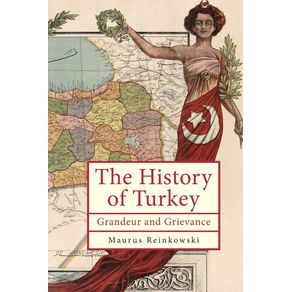 The History of Turkey
The History of Turkey
Academic Studies Press
R$ 177,87 ou até 3x sem juros The Price of Freedom
The Price of Freedom
Turner Publishing Company
R$ 163,36 ou até 3x sem juros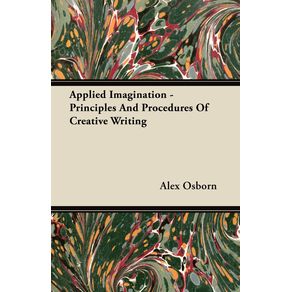 Applied Imagination - Principles and Procedures of Creative Writing
Applied Imagination - Principles and Procedures of Creative Writing
Iyer Press
R$ 294,36 ou até 3x sem juros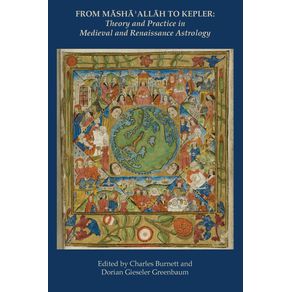 From Masha Allah to Kepler
From Masha Allah to Kepler
Sophia Centre Press
R$ 195,69 ou até 3x sem juros Genealogia Paulistana; Volume 1
Genealogia Paulistana; Volume 1
Legare Street Press
R$ 289,03 ou até 3x sem juros A Woman and the War
A Woman and the War
Legare Street Press
R$ 188,14 ou até 3x sem juros Kaleidoscope
Kaleidoscope
Earnshaw Books Ltd
R$ 159,88 ou até 3x sem juros Charles the Great
Charles the Great
Legare Street Press
R$ 246,29 ou até 3x sem juros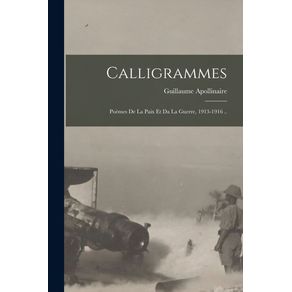 Calligrammes; Poèmes De La Paix Et Da La Guerre, 1913-1916 ..
Calligrammes; Poèmes De La Paix Et Da La Guerre, 1913-1916 ..
Legare Street Press
R$ 165,17 ou até 3x sem juros Gaseous Detonation Physics and Its Universal Framework Theory
Gaseous Detonation Physics and Its Universal Framework Theory
Springer Nature B.V.
R$ 350,56 ou até 3x sem juros The Fighting Corsairs
The Fighting Corsairs
Rowman & Littlefield Publishing Group Inc
R$ 144,45 ou até 2x sem juros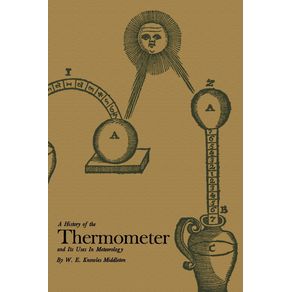 A History of the Thermometer and Its Use in Meteorology
A History of the Thermometer and Its Use in Meteorology
Hopkins Fulfillment Service
R$ 291,13 ou até 3x sem juros Slave Rebellion in Brazil
Slave Rebellion in Brazil
Hopkins Fulfillment Service
R$ 277,25 ou até 3x sem juros Pastoral Letters from the Bishop of the Wehrmacht
Pastoral Letters from the Bishop of the Wehrmacht
Lulu Press
R$ 166,47 ou até 3x sem juros The History of Turkey
The History of Turkey
Academic Studies Press
R$ 177,87 ou até 3x sem juros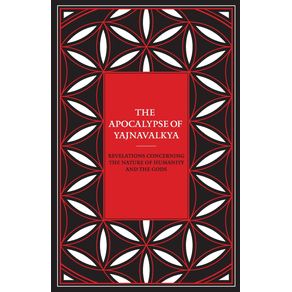 The Apocalypse of Yajnavalkya
The Apocalypse of Yajnavalkya
Library of Cernê
R$ 171,89 ou até 3x sem juros Fairies, Demons, and Nature Spirits
Fairies, Demons, and Nature Spirits
Springer Nature B.V.
R$ 338,52 ou até 3x sem juros Applied Imagination - Principles and Procedures of Creative Writing
Applied Imagination - Principles and Procedures of Creative Writing
Iyer Press
R$ 294,36 ou até 3x sem juros Discrete Choice Analysis
Discrete Choice Analysis
Random House
R$ 419,64 ou até 3x sem juros Historia De Carlos Xii, Rey De Suecia
Historia De Carlos Xii, Rey De Suecia
Legare Street Press
R$ 257,55 ou até 3x sem juros A Woman and the War
A Woman and the War
Legare Street Press
R$ 188,14 ou até 3x sem juros Teoría General De La Urbanización, Y Aplicación De Sus Principios Y Doctrinas A La Reforma Y Ensanche De Barcelona, Vol
Teoría General De La Urbanización, Y Aplicación De Sus Principios Y Doctrinas A La Reforma Y Ensanche De Barcelona, Vol
Legare Street Press
R$ 354,24 ou até 3x sem juros Vita del cavalier Gio. Lorenzo Bernino
Vita del cavalier Gio. Lorenzo Bernino
Legare Street Press
R$ 166,45 ou até 3x sem juros Pandectae Justinianae In Novum Ordinem Digestae...
Pandectae Justinianae In Novum Ordinem Digestae...
Legare Street Press
R$ 394,98 ou até 3x sem juros The Fighting Corsairs
The Fighting Corsairs
Rowman & Littlefield Publishing Group Inc
R$ 144,45 ou até 2x sem juros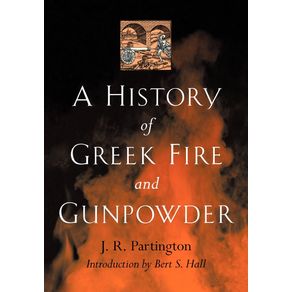 A History of Greek Fire and Gunpowder
A History of Greek Fire and Gunpowder
Hopkins Fulfillment Service
R$ 275,43 ou até 3x sem juros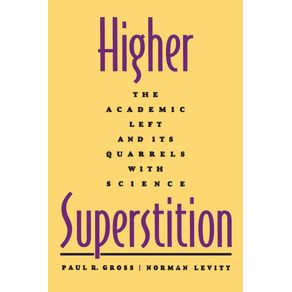 Higher Superstition
Higher Superstition
Hopkins Fulfillment Service
R$ 287,65 ou até 3x sem juros Pastoral Letters from the Bishop of the Wehrmacht
Pastoral Letters from the Bishop of the Wehrmacht
Lulu Press
R$ 166,47 ou até 3x sem juros The Story of the Plate Tectonics Revolution
The Story of the Plate Tectonics Revolution
Kelly Terry
R$ 71,15 à vista The violence of colonial photography
The violence of colonial photography
Manchester University Press (P648)
R$ 150,79 ou até 3x sem juros Genealogia Paulistana; Volume 1
Genealogia Paulistana; Volume 1
Legare Street Press
R$ 289,03 ou até 3x sem juros Gaseous Detonation Physics and Its Universal Framework Theory
Gaseous Detonation Physics and Its Universal Framework Theory
Springer Nature B.V.
R$ 350,56 ou até 3x sem juros Radiation Therapy for Sarcomas and Skin Cancers
Radiation Therapy for Sarcomas and Skin Cancers
Springer Nature B.V.
R$ 338,74 ou até 3x sem juros La Jeunesse DHölderlin Jusquau Roman DHypérion
La Jeunesse DHölderlin Jusquau Roman DHypérion
Legare Street Press
R$ 168,93 ou até 3x sem juros Le Taoïsme Et Les Sociétés Secrètes Chinoises
Le Taoïsme Et Les Sociétés Secrètes Chinoises
Legare Street Press
R$ 176,37 ou até 3x sem juros Early Days of World History
Early Days of World History
Legend Books Sp. z o.o.
R$ 184,03 ou até 3x sem juros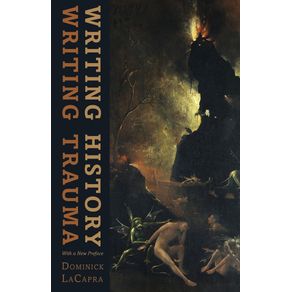 Writing History, Writing Trauma
Writing History, Writing Trauma
Hopkins Fulfillment Service
R$ 266,28 ou até 3x sem juros Cybernetics Moment
Cybernetics Moment
Hopkins Fulfillment Service
R$ 230,61 ou até 3x sem juros A History of the Thermometer and Its Use in Meteorology
A History of the Thermometer and Its Use in Meteorology
Hopkins Fulfillment Service
R$ 291,13 ou até 3x sem juros Venice, a Maritime Republic
Venice, a Maritime Republic
Hopkins Fulfillment Service
R$ 333,06 ou até 3x sem juros Portuguese Empire, 1415-1808
Portuguese Empire, 1415-1808
Hopkins Fulfillment Service
R$ 273,09 ou até 3x sem juros A History of Greek Fire and Gunpowder
A History of Greek Fire and Gunpowder
Hopkins Fulfillment Service
R$ 275,43 ou até 3x sem juros Wild Bill Hickok and Buffalo Bill Cody
Wild Bill Hickok and Buffalo Bill Cody
Rowman & Littlefield Publishing Group Inc
R$ 166,43 ou até 3x sem juros The Story of the Plate Tectonics Revolution
The Story of the Plate Tectonics Revolution
Kelly Terry
R$ 71,15 à vista